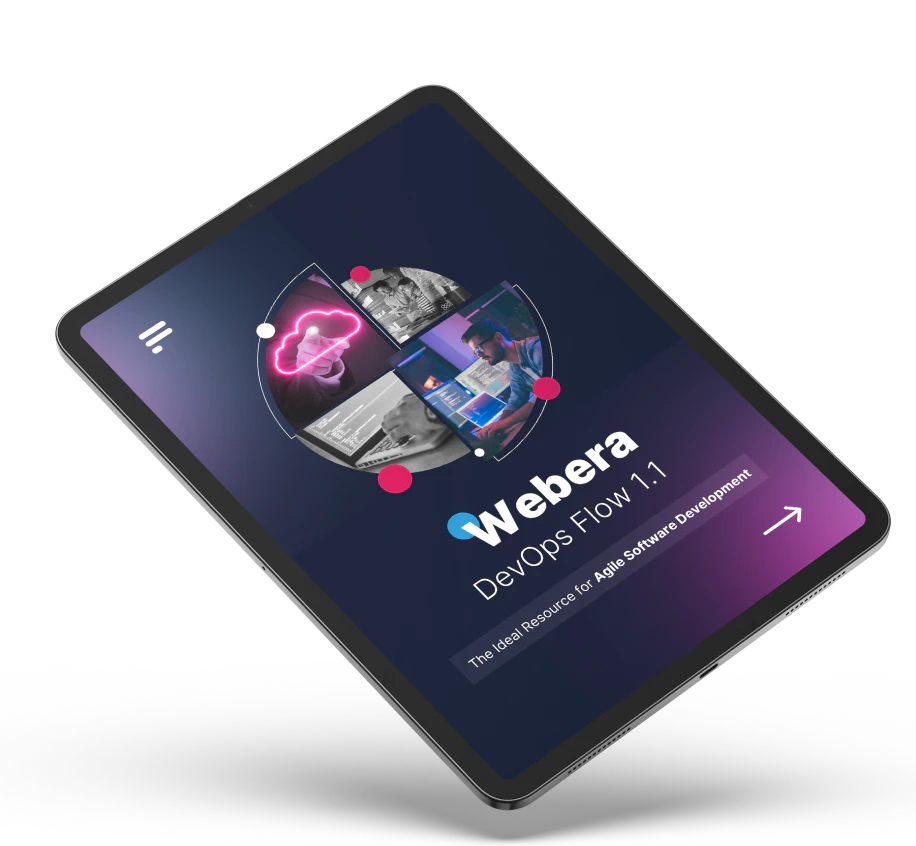Understanding Value Stream
In DevOps, understanding the Value Stream is crucial. It offers insight into the flow of value from the initial request through to the delivery of the product or service. Here at Webera, we utilize this key concept to maximize efficiency, minimize waste, and create the highest quality products for our clients.
Learn MoreUnderstanding Value Stream
A Value Stream represents all the steps, both value-added and non-value-added, that are involved in delivering a product or service. This begins with the initial concept or customer request and extends through all the activities required to deliver the product or service to the end user.
In DevOps, we view software and service delivery as a flow where the work moves through different stages of the development lifecycle. This includes planning, development, testing, deployment, and operations.
Why It Matters
Understanding your Value Stream is the first step toward improving your DevOps capabilities. By visualizing your Value Stream, you can identify bottlenecks, waste, and opportunities for process improvement.
Key benefits include:
- Faster time-to-market:
By identifying and removing waste, you can reduce cycle times and get products to market faster.
- Improved efficiency:
A clear Value Stream helps teams identify and eliminate unnecessary activities, improving overall efficiency.
- Enhanced quality:
When teams understand their Value Stream, they can better identify and resolve quality issues, leading to a higher-quality end product.
- Greater customer satisfaction:
Faster delivery, improved quality, and more efficient processes lead to happier customers.
Our Approach to Value Stream
At Webera, we use Value Stream as a guiding principle for all our DevOps consulting. This approach includes identifying the stages of the workflow and mapping these stages to the specific tools and teams responsible for each process. This granular approach ensures clarity, and responsibility and helps optimize each journey step. Here’s how we map the DevOps infinity loop:

Plan
At this stage, the product owner, using a tool like Jira, is responsible for setting objectives, defining requirements, and planning the project’s overall trajectory.

Code
Developers are the key players here. They turn plans into reality, transforming requirements into code. We support a variety of tools, including GitHub, GitLab, and others, to make this process seamless and efficient.

Build
Our DevOps engineers use tools like GitHub Actions or GitLab for automated builds. This step ensures that the application running in production was built by an automated and shared process, reducing errors and improving efficiency.

Test
Quality assurance teams step in at this stage, using tools like Selenium, Cypress, and others to ensure the software is tested thoroughly at each stage.




Download our Free Guide: Webera Git Flow
We created a comprehensive guide aiming to give your team the ability to fully understand the Webera Git Flow so you can start streamlining your product development and delivery process.
